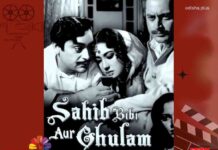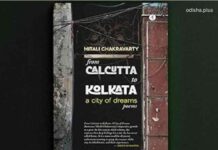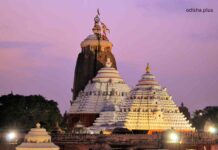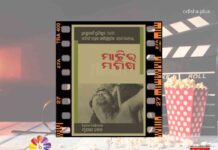Salil Chowdhury was one of the greatest musical talents India ever had
Mrinal Chatterjee
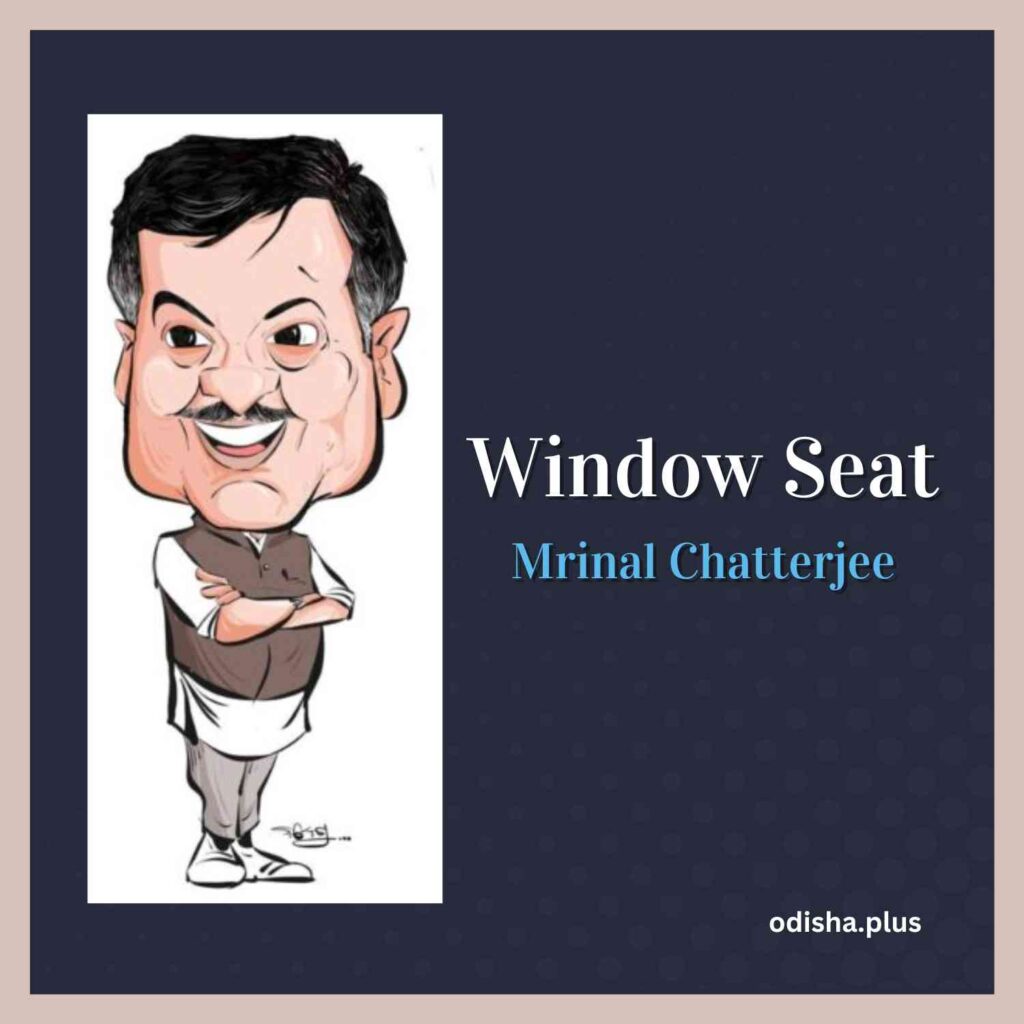
Salil Chowdhury
Celebration of the birth centenary of Salil Chowdhury, who worked in Hindi, Bengali, and the South Indian film industries began on 19 November 2024. He was one of the greatest musical talents India ever had. He was not only an outstanding composer, an accomplished and gifted arranger, poet and writer but an intellectual. A master multi-instrumentalist, he played excellent flute, Esraj, violin and piano, with a deep and well-studied understanding of several other instruments as is evident from their creative use in his music. He was most active from the 1950s through the 1960s.
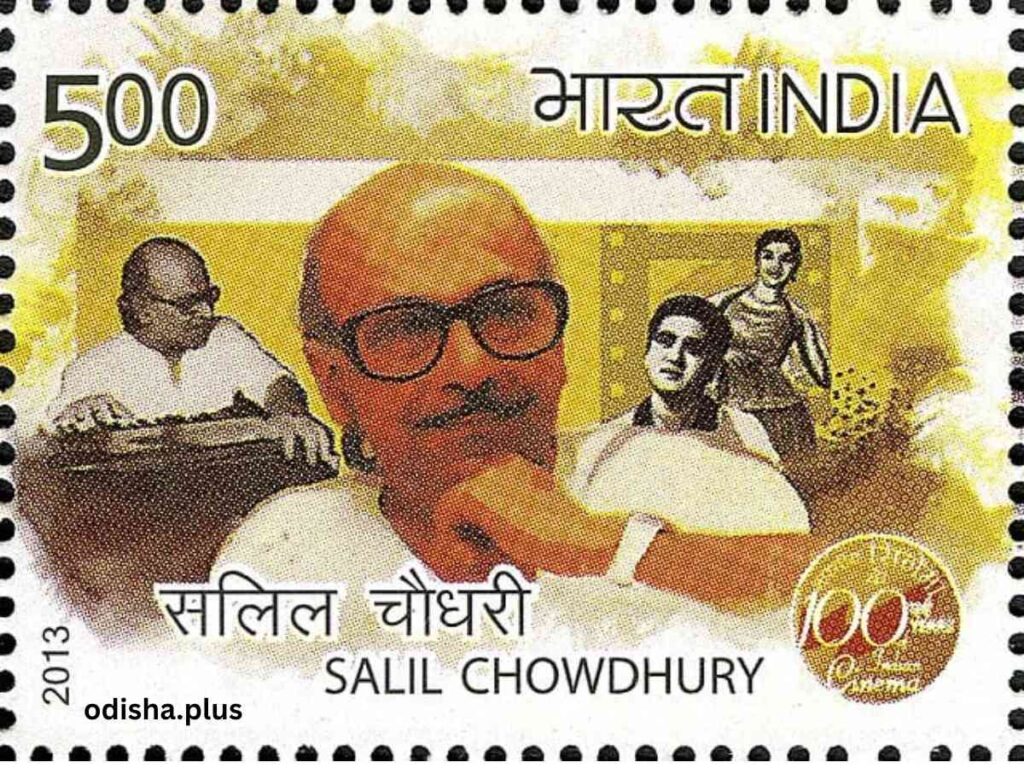
His strength was in the fact that he mastered numerous different genres including folk-songs. He spent many years of his childhood in the Assam tea gardens where his father was a doctor. He grew up listening to his father’s large collection of western classical music and the folk songs of Assam and Bengal. This influenced him considerably and shaped his musical thinking. His intimate association with the marginalised people and their music and performing arts provided his songs a realistic and ethnic touch.
After graduation, he joined the Communist Party of India, and became active in the Peasant Movement of 1945. Shortly after, he joined the Indian Peoples Theatre Association (IPTA). The purpose of this theatre was to raise the political consciousness of the common people. These theatres went from village to village and performed plays that revolved around the themes of British imperialism, various social iniquities, and the growing freedom struggle.
During his time with the IPTA, Salil Chowdhury distinguished himself by introducing a new approach to the music. The years of listening to his father’s Western classical music collection gave him a feeling for Western concepts of harmony which were very different from traditional Indian music.
After years of working with IPTA, he fell out. At this time he wrote a Bengali story called ‘Rikshawalla’. This was made into a Bengali movie which became a big hit. Salil Chowdhury moved to Bombay in 1953 to adapt his Bengali ‘Rikshawalla’ for Hindi; he also composed music for it- thus began his work in the Hindi film industry. This Hindi remake was titled “Do Bigha Zameen” directed by Bimal Roy. The success of this movie ushered in a slew of other Hindi films.
One of the most notable was Madhumati (1958), (remember ‘suhana safar..aur yeah mausam hasin) which catapulted him to the position of one of the topmost music directors of Hindi cinema. He had composed for over 75 Hindi Films, around 45 Bengali Films, 26 Malayalam Films and several Tamil, Telugu, Kannada, Gujarati, Marathi, Assameese and Odia Film. He also directed a film ‘Pinjre Ke Panchhi’ starring Meena Kumari, Balraj Sahani and Mehmood based on his own story and screenplay in 1966.
Salil Chowdhury was the Founder of Bombay Youth Choir, the first ever Secular Choir in India in 1958 as its composer and conductor – he inspired scores of secular choir groups to be formed throughout India formulating a new genre of music using vocal polyphony for Indian Folk and Contemporary Music.
He died on 5 September 1995.
Noam Chomsky
“The philosopher, Noam Chomsky, has lost the ability to speak and write at 95 years old”- read the headline. In a symbolic way his loss of communication feels like marking the end of true perception about our world, when it was needed the most.
Noam Chomsky in his own inimitable, brutally straight forward way, exposed the truth about contemporary society. He is one of the most perceptive analysts and communicators on control and power, still alive in our human world.
His words of warning are much needed at a time when the masses are increasingly bound by algorithms that only reinforce existing patterns of bias. His guidance is needed in a world where influencers without training or substance are more valued than philosophers and great critical thinkers.
Studies suggest that our critical thinking as a generation is declining in comparison to that of past generations. That makes us stupid and idiots, who are easily swindled and trapped. At his critical time we need Chomsky.
The Great Indian Marriage Market
Come winter, and the great Indian marriage market becomes greater. It is a bustling bazaar where love drops in, but ‘biodata’ reigns supreme! Here, prospective brides and grooms are showcased like prime real estate—each listing highlighting their ‘fair complexion’, ‘government job’, and of course, the prestigious ‘MBA from foreign university’ tag. Beware! Any missing credentials might land you in the ‘negotiation zone’ with persistent aunties armed with endless ‘suggestions’.
The market thrives on some timeless categories. There’s the ‘Engineer with a Green Card’, the ‘Doctor Who Must Marry Another Doctor’, and the crowd-favourite ‘Settled Abroad with Six-Figure Salary’. Meanwhile, the brides are evaluated on criteria like culinary skills (read: make round rotis, mango pickle, etc.), a working professional (but not too professional), and her ‘sanskaar quotient’—an ambiguous measure of tradition and modernity.
Enter the parents, armed with ancient astrology charts and matchmaking apps, they deftly balance the whims of millennials with the demands of their elders. Sample dialogue:”Beta, he’s a nice boy. And he’s only slightly shorter than you. Adjust kar lo!”
The negotiation process often involves samosas, sweets and chai, and veiled interrogations about savings and family values. The final touch? A pompous wedding invitation, often in its digital avatar.
But let’s not forget the love marriages! These are seen as rebellious startups in a market dominated by centuries-old conglomerates. But mark my words they are gaining ground rapidly. While traditionalists may clutch their pearls, even they secretly enjoy the spicy drama.
The Indian marriage market is chaotic, colourful and deeply entertaining—a place where tradition and modernity awkwardly tango, all in the name of finding ‘the one’.
Tailpiece
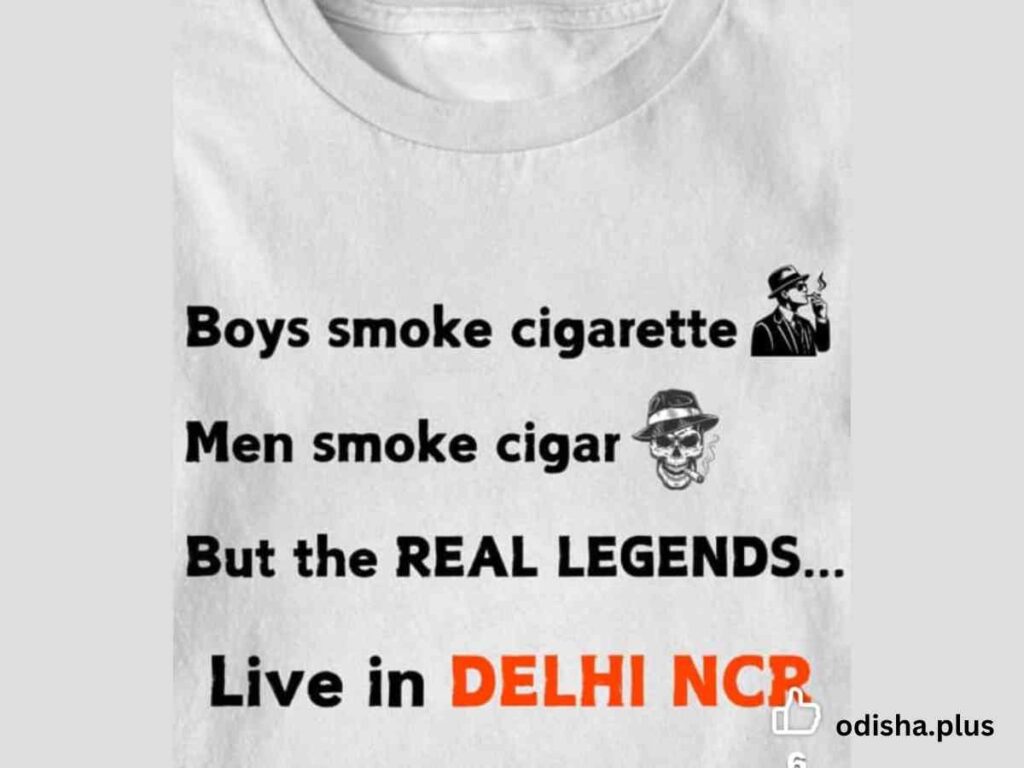 Saw this printed on a banyan.
Saw this printed on a banyan.
Boys smoke cigarettes.
Men smoke cigars.
But the real legends live in Delhi NCP.
(The author is Regional Director Indian Institute of Mass Communication, IIMC Dhenkanal. Views expressed are personal)





















